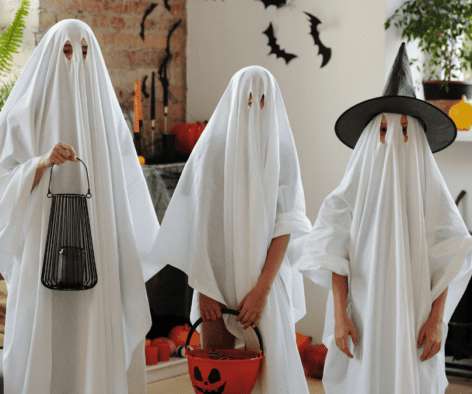Understanding Copyright, Trademark and Halloween Costumes
Plagiarism Today
OCTOBER 26, 2021
Wtf is a juice demon pic.twitter.com/OxYMWEuoCq — Eli Matthewson (@EliMatthewson) October 1, 2016. Besides, even if a rightsholder did decide to target such home uses (which would likely be against their self-interest), it is almost certain that it would be found to be a fair use. Bottom Line.











Let's personalize your content